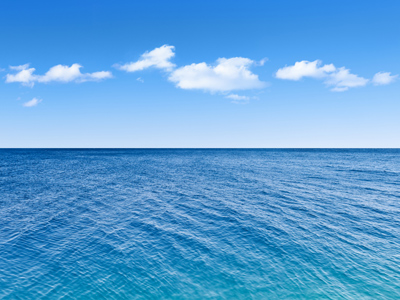
Water Use and Shortages
This Geography quiz is called 'Water Use and Shortages' and it has been written by teachers to help you if you are studying the subject at middle school. Playing educational quizzes is a fabulous way to learn if you are in the 6th, 7th or 8th grade - aged 11 to 14.
It costs only $12.50 per month to play this quiz and over 3,500 others that help you with your school work. You can subscribe on the page at Join Us
Whilst our planet is 70% water only 3% of that water is available as freshwater - and two thirds of that is locked up as ice! 1.1 billion people in the world don’t have access to safe drinking water and a further 2.7 billion find it difficult to get access to clean water for at least 1 month of the year. Lack of clean water creates several problems. The initial lack of clean water leads to water pollution which in turn leads to diseases being spread via the water supply.
Water shortages are caused by a huge variety of reasons, but some that you need to consider for exams and essay questions include…
- Climate change leading to shifting rainfall patterns and leaving populations without safe drinking water.
- Use of water by nations further upstream. Many continental nations share a single river as a water source. Damming and discharging pollution into the rivers upstream will prevent clean water reaching cities and towns further downstream.
- Population increases. As human populations rise the demand for water for drinking, washing and waste disposal all increase.
- Agriculture is the biggest user of water. With massive inefficiencies in the way water is used in some systems of agriculture, it accounts for the greatest usage for the least gain.
Technologies and strategies are improving the world's access to water, but often the necessary infrastructure and resources are unavailable in LEDCs. Added to that, the rise in extreme weather conditions may make water shortages more common.
Ready for more?
not all...
quizzers. Try to win a coveted spot on our Hall of Fame Page.







